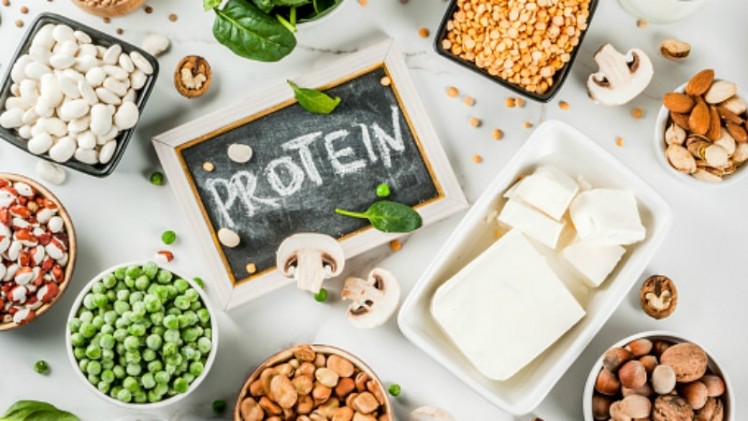Protein potential: Indian F&B manufacturers urged to capitalise on prospects in high-protein product category

According to the Mintel Global New Products Database (GNPD), only 5% of food and drink products that were launched in the country across the past two years (2016 to 2018) had high or added protein claims - Of these, 84% were food products and just 16% were drinks.
"Currently, high or added protein claims exist in very niche categories like cereal bars and meal replacement drinks, which tend to have smaller audiences in India,” said Mintel India Food & Drink Analyst Natasha Kumar.
The report also found that over one in four (27%) of all Indian consumers ‘strongly agree’ as to the lack of enough high-protein packaged food and drink products in the market.
“Companies, brands and manufacturers will stand to benefit from expanding these claims to more prevalent categories like milk, yoghurt, biscuits and snacks, all of which have a larger consumer base,” added Kumar.
“Such added claims can also be essential in converting more consumers to packaged food from fresh food. For instance, added protein claims in yoghurt can be a way to lure consumers to opt for a packaged option over fresh homemade yoghurt.”
She added that such products should not be targeted at consumers who follow ‘fad diets’, but instead more at the general health-conscious consumer as over two-thirds of Indian consumers either agree or strongly agree that these diets are ‘just a fad’.
“Companies and brands need to take advantage of the behavioural changes of increasingly health-conscious Indians who incorporate high or added protein packaged food and drink into their everyday diets,” said Kumar.
“Many consumers (32%) question whether they are getting the recommended allowance of protein in their diets, [so] one way to appeal to the masses would be to include these claims in products that Indians already consume in their daily lives.”
Between foods and beverages, growth in the high-protein category is expected to be driven more by the latter, where growth increased more than threefold from 8% in 2017 to 25% in 2018.
The research was conducted on 3,000 urban Indians over the age of 18, spanning the timeframe from January 2016 to December 2018.
Changing protein landscape in India
A separate 2018 report by the United Kingdom Department for International Development’s Leveraging Agriculture for Nutrition in South Asia (LANSA) research partnership had previously also identified a shift in consumption trends within the protein landscape in India.
“Cereals are the major source of protein in the Indian diet, [but] in recent years, due to declining preference the consumption of cereals is decreasing in spite of increasing output,” said LANSA.
“Higher disposable incomes have led to higher demand of animal sources of protein. As the price of cereals decreases, an increase in the consumption of protein from pulses [has been] observed, [which has led to price hikes and thus] more protein consumption from animal and milk sources.”
That said, the report pushed for wider acceptance of pulses as a protein source, especially given the large number of vegetarians in the country.
“The consumption of all pulses and even less popular pulses such as moth bean and cow pea should be promoted and encouraged. This is important in a country which has a large vegetarian population,” said LANSA.
“Pulses are a nutrient-dense crop and their inclusion in the diet is important to tackle protein-energy malnutrition, especially for vegetarians [especially as] the protein derived from pulses is more nutritious and different from the protein in cereals.”
Manufacturer role in protein education
The Mintel report also revealed that consumer awareness and understanding of proteins is lacking in the country, with 85% of Indians not able to correctly identify key sources of proteins, just 36% knowing of its bone health benefits, 24%of its muscle-building function and 19% of its weight loss benefits.
“[There] is a clear need for companies and brands to help consumers differentiate between the various protein sources and their associated health benefits,” said Kumar.
“Companies and brands should not only emphasise the quality of protein consumption but the quantity as well as how it relates to the recommended dietary daily allowance of protein.”















